#bulgarian folklore
Text
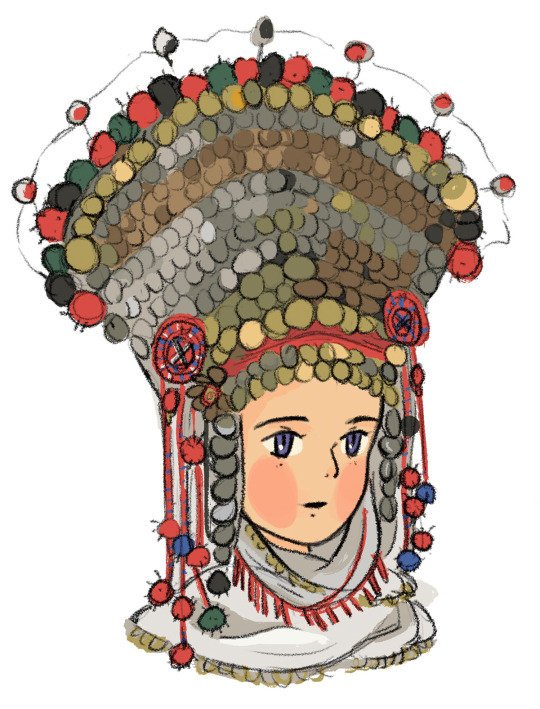
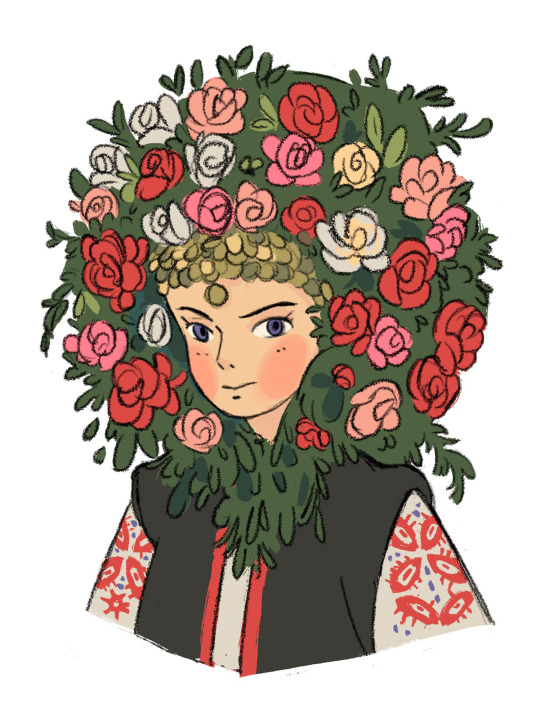

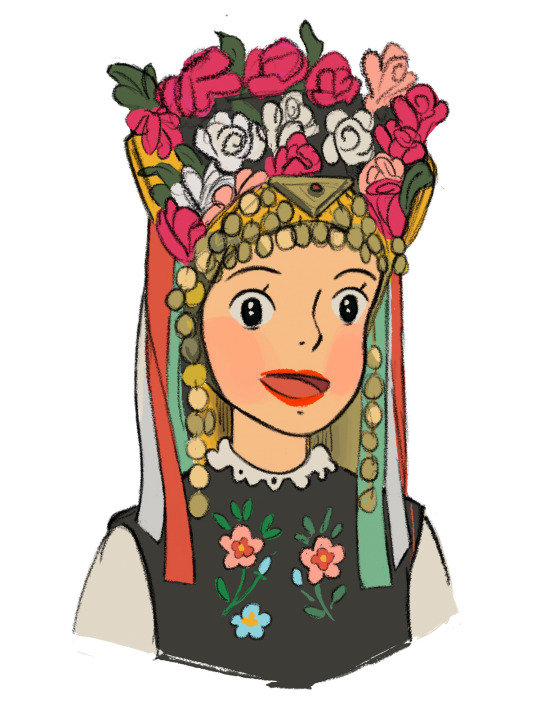

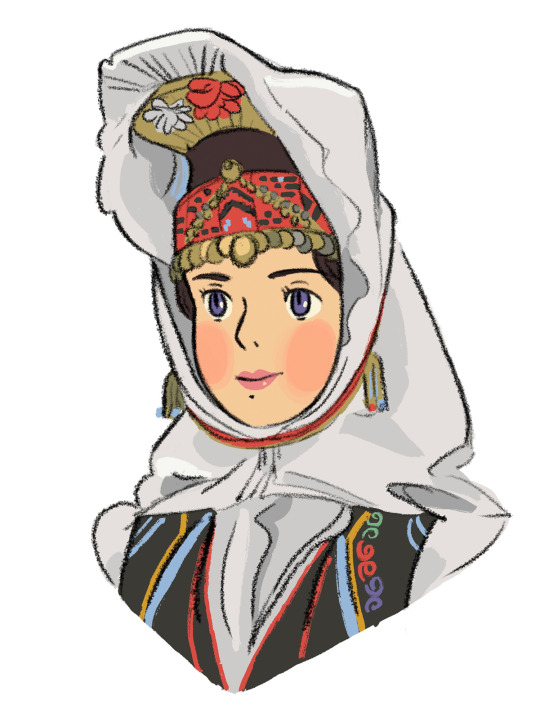
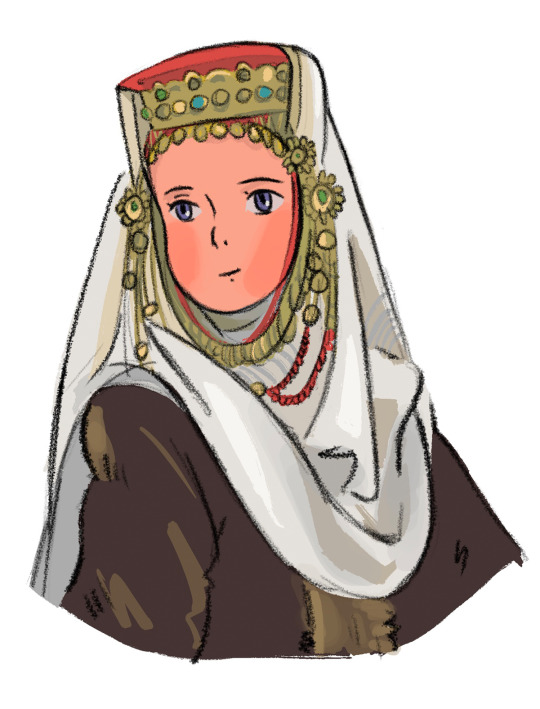
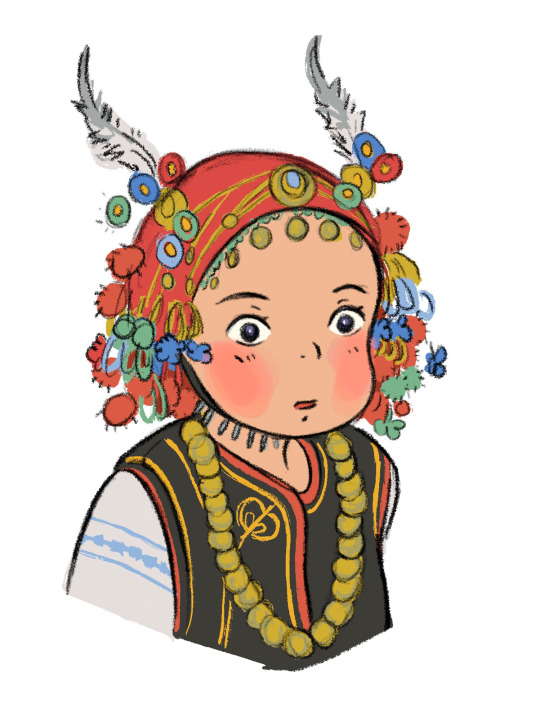
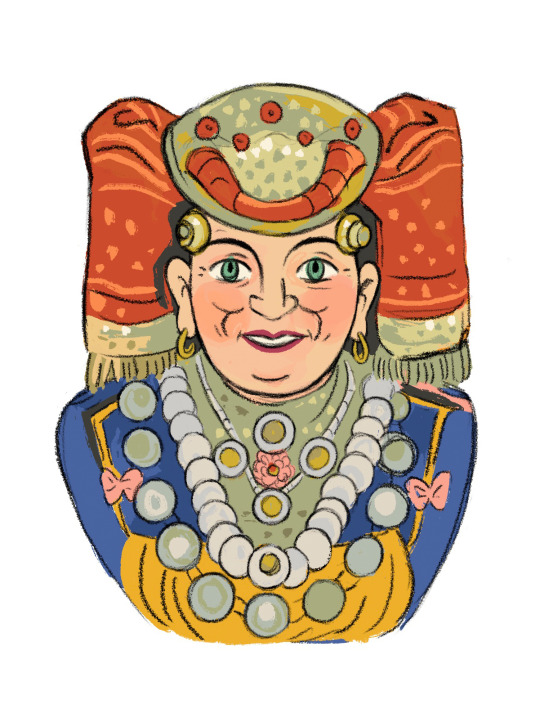
Ghibli women in Bulgarian festive headgear 🌹 inspired by this tumblr post. I have more of them on my Instagram page.
#illustration#artists on tumblr#my art#アート#studio ghibli#art#絵描き#bulgaria#bulgarian folklore#ブルガリア#anime#ghibli girls#miyazaki hayao#hayao miyazaki#bulgarian girls#princess mononoke#porco rosso#on your mark#kiki's delivery service#spirited away#castle in the sky#もののけ姫#千と千尋の神隠し#紅の豚#天空の城ラピュタ#ハウルの動く城#howl's moving castle#宮崎駿監督#宮崎駿#スタジオジブリ
4K notes
·
View notes
Text


First pieces for the Greenhouse Bang - a slavic folklore au !
Comes with a fic by @CatieBrieFic so go read it !!!
#madicham#trigun#trigun stampede#plantwood#plantcest#vashwood#kniveswood#vash the stampede#nicholas d. wolfwood#millions knives#kvw#artists on tumblr#mythology#slavic folklore#bulgarian folklore
140 notes
·
View notes
Text
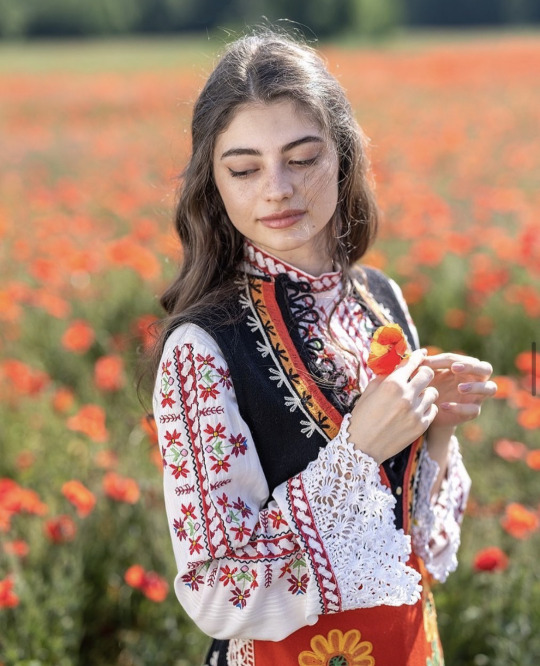
Bulgaria
Photo by: Krasi Matarov
#slavic#slavic folklore#slavs#folklor#traditional#slavic culture#slavic folk#bulgaria#bulgarian folk#bulgarian folklore#bulgarian traditions#bulgarian culture
186 notes
·
View notes
Text

Baba Yaga – As you might have guessed – this is from the same series as some of the other black and white drawings I've been uploading every now and then.
As some of you might already know, Baba Yaga is an iconic villain in Easter European fairlytales. An integral part of Slavic folklore, this evil hag loves nothing more than to feast on children. She also sports a sleek house on chicken legs, in which she travels in style. She is often depicted as having a cat (bonus points if it is black), boasts magical powers and usually has a very long nose.
She is one of the many characters parents will use to scare their children if they misbehave.
#art#fantasy#illustration#artists on tumblr#ink#black and white#traditional art#baba yaga#slavic mythology#witch#black cat#cauldron#magician#fairy tales#bulgarian folklore#bulgarian artist#bulgarian inspired
32 notes
·
View notes
Text
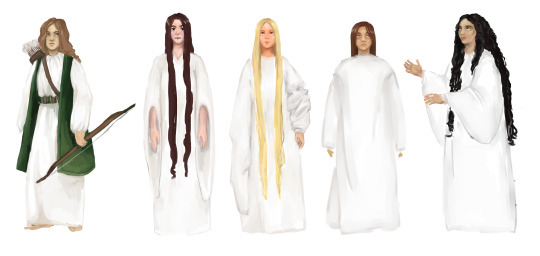
This sketch has been around since 2017 and I guess it will never be more finished than this.
A couple of samodivas, some things more true to traditional beliefs than others - I gave them different complexions to reflect Bulgarian women, whereas traditionally they are blonde-haired and black-eyed. Their powers are stored in their chemise, which is unornamented (embroidery is to protect mortals). The different sleeves are based on different 19th-century and medieval chemises from Bulgaria and neighbouring regions. In some beliefs they wear colourful (but mostly green) belts, and green zubuns (outer garments). They are also typically imagined to be archers, riding six-winged deers.
#bulgarian folklore#folklore#bulgarian mythology#balkan mythology#slavic mythology#slavic folklore#balkan folklore#balkan#slavic#samodivas#samodiva#самодиви#artists on tumblr#sketch
68 notes
·
View notes
Text









Magpies, witches and why the sole of Man's foot is so uneven from slavic mythology
#mythology#myths#legends#slavic mythology#slavic#folklore#slavic myths#slavic folklore#serbian#serbian mythology#Bulgaria#bulgarian mythology#bulgarian folklore#ukrainian#ukrainian mythology#witches#magpie witches#magpie
337 notes
·
View notes
Text


Shiroka Polyana Lake // Bulgaria // Balkan
#bulgaria#balkan#bg#trip#travel#bulgarian#bulgarian folklore#Shiroka Polyana#lake#nature#water#sunset
18 notes
·
View notes
Text


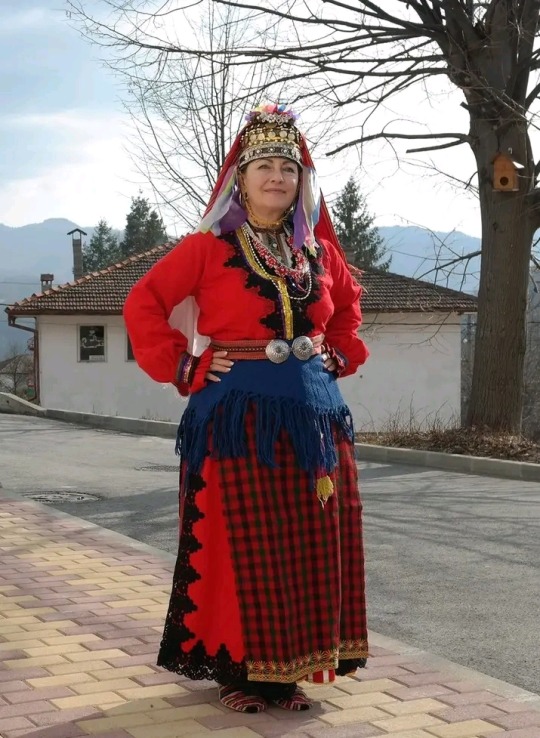
Traditional festive clothing from village of Varbina, Madan area, Bulgaria
#bulgaria#traditional clothing#bulgarian#balkans#balkan folklore#slavic people#slavic#bulgarian folklore#slavic folk magic#balkan fashion#muslim#pomak
23 notes
·
View notes
Text
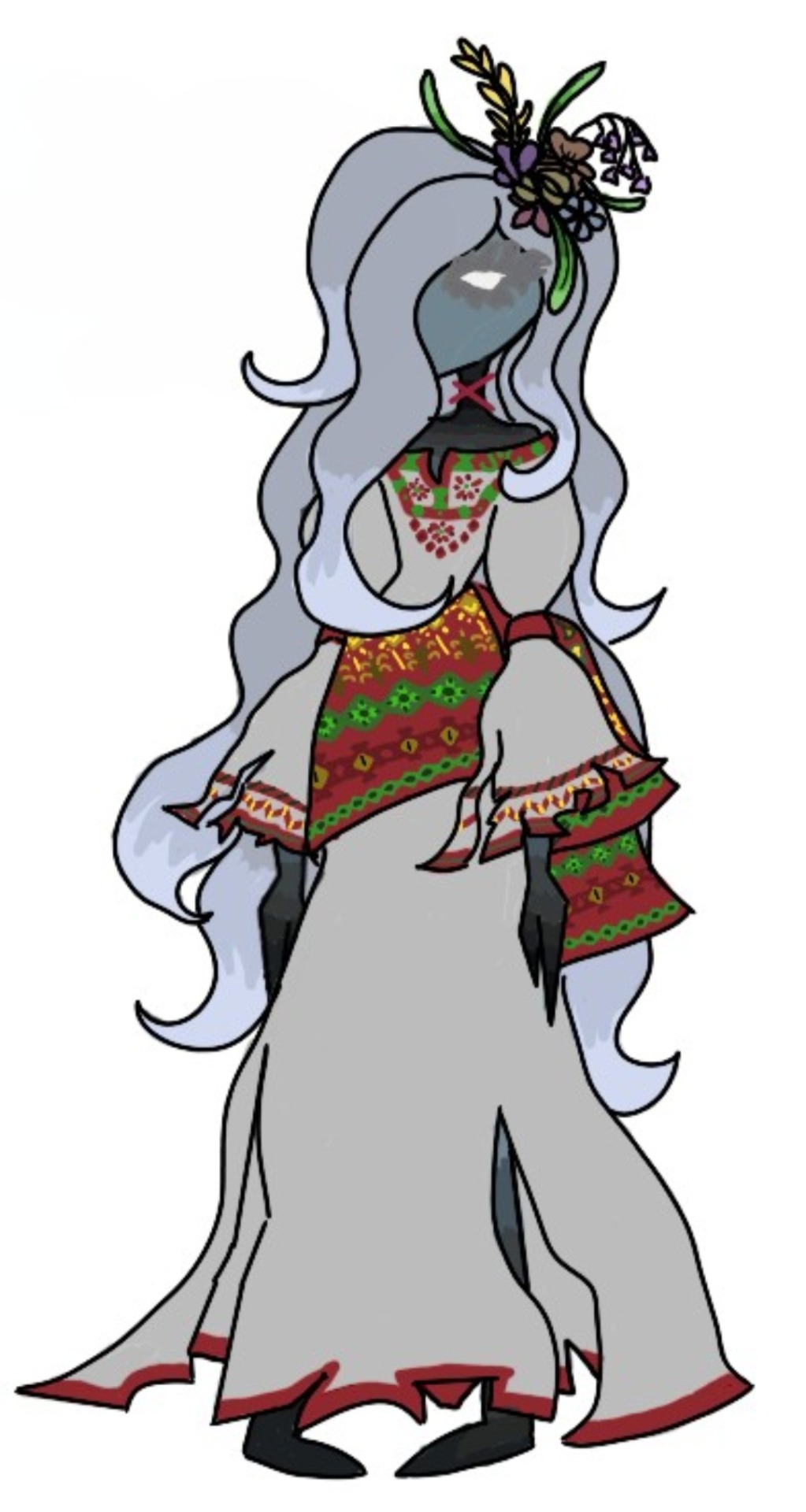
Hazbin Hotel oc? Kinda?
I just like the simple style of the show, and feel since there are like mummy and other kinds of monster-ish sinners it won't be far-fetched to say that a sinner could look like a monster from their culture. So, here is my samodiva design for the Hazbin Hotel vers! It would also work with the fact that every person there has a feature that they hate, so if someone was very afraid of water/lakes/drowning/mermaids/water spirits, it would be a great direction to go in
She isn't really perfected, but I'm working on my Genshin ocs and don't feel like working with them anymore, so for now, that's how she will look
(She/they pronounce if you refer to the character)
#hazbin hotel#hazbin oc#hazbin hotel oc#samodiva#bulgarian folklore#oc#oc design#water spirit#rusalka#???kinda#they are different#but also kinda the same#there is enough similarities for me#bulgaria#monster oc
4 notes
·
View notes
Text
Bulgarian Music in Studio Ghibli films
”Myth has it that Orpheus was born in what is now Bulgaria. It seemed to be fact, not myth, that his daughters are still singing there”
These words were written by the New York Times in the remote 1963 — the year in which the largest Bulgarian folk ensemble crossed the Iron Curtain to conquer an entire continent with its cosmic art.
The 1975 release of Le Mystère des Voix Bulgares, a compilation album of modern arrangements of Bulgarian folk songs, further popularized Bulgarian music, and in 1977, a vinyl record featuring the folk song “Izlel ye Delyo Haydutin” (Eng: Come out rebel Delyo) began its journey aboard the Voyager 1 and Voyager 2 spacecrafts.
From this point on popularity from the West spread to the East, and Bulgarian folk music made it to the entertainment industry, including legendary Japanese anime films, like the cult cyberpunk “Ghost in the Shell” or the heartwarming Studio Ghibli features.
In this short article I write about two occasions of Bulgarian music playing in Studio Ghibli’s films.
The record that inspired the creation of “Only Yesterday”
“Only Yesterday” is a 1991 Japanese animated drama film written and directed by Isao Takahata, based on the 1982 manga of the same title by Hotaru Okamoto and Yuko Tone. Set in rural Japan, the film draws parallels with the peasant lifestyle present in Eastern Europe.
The original work is a compilation of short stories about 11-year-old Taeko’s daily life in 1966. Director Takahata had a hard time making it into a movie since the manga, told in the form of a memoir, has no plot to hold a feature. Together with producer Toshio Suzuki, they came up with the solution of bringing the narrator of the story, adult Taeko, into the movie. But there is a curious anecdote about how this idea came to mind.
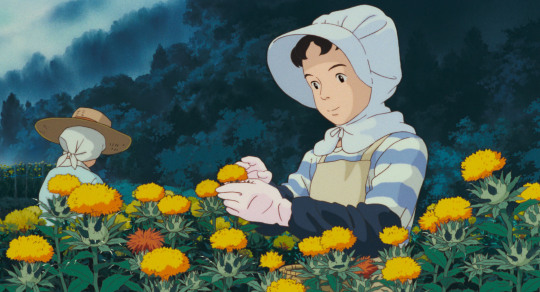
Taeko picks safflower as the Bulgarian song “Malka moma dvori mete” plays in the background. © Studio Ghibli
In a 2021 interview with students from Sofia University St. Kliment Ohridski, producer Suzuki recounts how a record of Bulgarian songs performed by the children choir “Bodra Smyana”, introduced to him by director Takahata, inspired the creation of the movie. Moved by the cosmic voices of the children, they decided to make “Only Yesterday” a musical. He also recalls what a tiring process it was to acquire the rights to the music, but if you’ve seen the movie, I am sure you will agree that it was worth it; the haunting, beautiful songs with the pastoral images of farmers picking flowers contribute to one of the greatest scenes created in cinema.
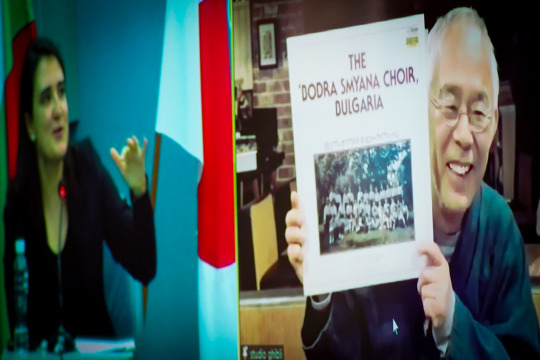
Producer Suzuki showing the record that inspired the creation of ”Only Yesterday”. Source: Studio Ghibli’s Twitter
In “Only Yesterday”, we can hear two songs from the album Bulgarian Polyphony I by Philip Koutev Ensemble. The upbeat “Dilmano Dilbero” [Eng. beautiful Dilmana] sets a happy mood as the protagonist gets changed and ready to go on the field. As the scene shifts and Taeko starts narrating a sad story about the girls in the past picking safflower with their bare hands, the song and mood shift as well.
While the first song has a fast rhythm, with lyrics about pepper planting that can also be interpreted figuratively, the second one, “Malka Moma Dvori Mete” [Eng., a little girl sweeps the yard], is a ballad about a young girl who is forced into marriage but has never known true love.
Both compositions sing about life-cycle events like marriage and the regular coming of the harvests, with lyrics perfectly fitting the setting and plot of the movie, which makes me wonder if the filmmakers chose them by chance or if they had someone translate the words.
Bulgarian Cosmic Voices Enchanting Howl
“Howl’s Moving Castle” is a 2004 Japanese animated fantasy film written and directed by Hayao Miyazaki, loosely based on the 1986 novel of the same name by British author Diana Wynne Jones. Set in a fictional kingdom the movie draws inspiration from various places in Europe. One of them being Bulgaria.
The story focuses on a young girl, named Sophie, magically transformed into an old woman, and a self-confident but emotionally unstable young wizard, Howl, living in a magical moving castle.
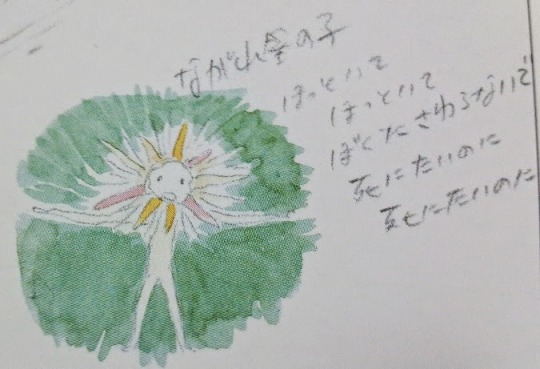
A sketch of a Star Child. Source: The Art of Howl’s Moving Castle
If you’ve seen the movie, you surely remember the scene when Madame Suliman ambushes Howl and tries to strip him of his magic powers. Star Children encircle him and his companions; their shadows grow big, dark and intimidating. They start dancing and chanting unintelligible magic words and are almost successful in their devilish act.
This scene, together with the music played in the background, have been a favourite of many fans of the film. Some even recount it giving them nightmares when they were children.
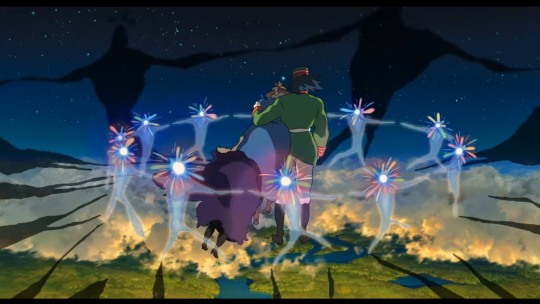
Star Children encircle Howl in an attempt to strip him of his magic powers. © Studio Ghibli
It turns out, however, that these aren’t any incantations, but the lyrics of a folk song. In Bulgarian. And a love song! Contrary to popular belief, the lyrics have nothing to do with magic and are actually about a boy taking his sweetheart, Dona, to the market to buy her new clothes. The excerpt used in the movie is very short and a bit altered from the original, but the words used go like this: Trendafilcheto, kalafercheto, Done mamino, translated as “the rose, the costmary, my darling Dona”.
I am planing a follow up article where I will post the translated lyrics together with a brief explanation on how they are related to the movies.
If you want to comment on or add something, I would love to hear!
Source
#studio ghibli#only yesterday#howls moving castle#Le Mystère des Voix Bulgares#bulgarian folklore#bulgaria#toshio suzuki#hayao miyazaki#isao takahata#bulgarian music in ghibli films#the boy and the heron#スタジオジブリ#ブルガリア#おもひでぽろぽろ#ハウルの動く城#宮崎駿#高畑勲#鈴木敏夫#bulgarian music
578 notes
·
View notes
Text

Toni Erdmann (2016)
dir.: Maren Ade
dop.: Patrick Orth
#film still#film stills#toni erdmann#maren ade#european cinema#german cinema#sandra hüller#bulgarian folklore#bucharest#romania
6 notes
·
View notes
Text

#slavic#slavic folklore#slavs#folklor#traditional#slavic culture#slavic folk#slavic tradition#slavic embroidery#bulgaria#bulgarian folklore
227 notes
·
View notes
Text
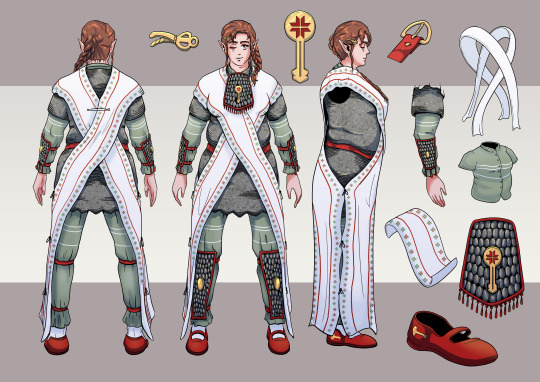
So, this one took me longer than I expected. In addition, I fell victim to the seasonal flu, which further impeded my progress on my personal projects.
In any case, I am fairly happy with how this Klyuch "character reference" turned out. Chainmail armor is pretty underrated in media nowadays, so I really wanted do represent her wearing a hauberk, while still spicing her design up with some fancy belts, buckles and decorations.
While not fully consistent in itself, this image will definitely help me represent her more consistently in future illustrations. Now, of course, I need to do one for her face, as well as reference sheets for a number of other characters…
#art#fantasy#illustration#artists on tumblr#oc#armor#chainmail#chain mail#hauberk#reference sheet#for future reference#Klyuch#bulgarian artist#bulgarian folklore#bulgarian inspired#balkans#traditional clothing
30 notes
·
View notes
Text

Another long time WIP and another samodiva, this time with her faithful friend. Hopefully they'll be coloured someday.
#sketch#samodiva#samodivas#самодиви#bulgarian mythology#bulgarian folklore#balkan mythology#balkan folklore#slavic mythology#slavic folklore
33 notes
·
View notes
Text





#stork#storks#slavic folklore#slavic mythology#slavic#mythology#myths#legends#folklore#bulgarian folklore#bulgarian myth#bulgarian mythology
189 notes
·
View notes
Photo

Folk dance from the vicinity of the Rhodope Mountains
36 notes
·
View notes